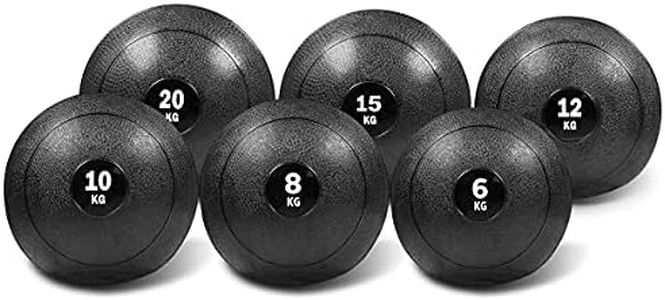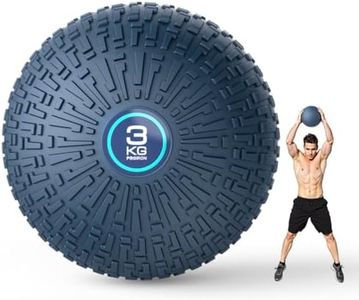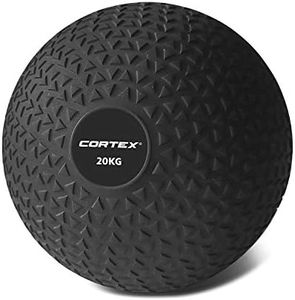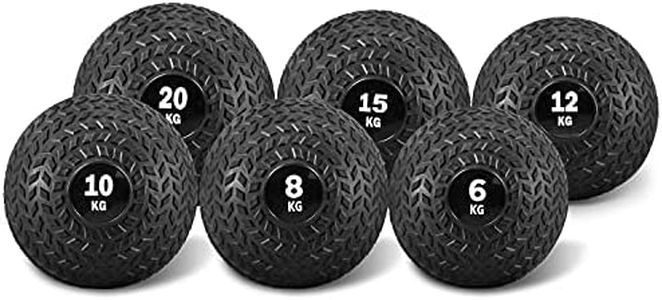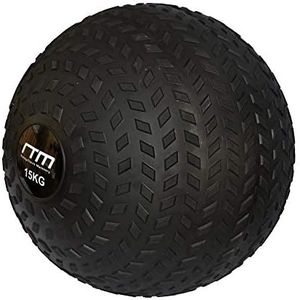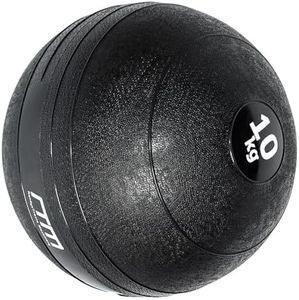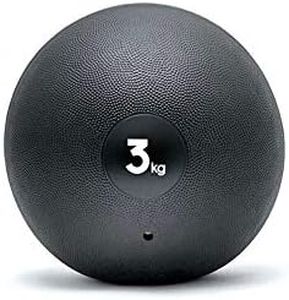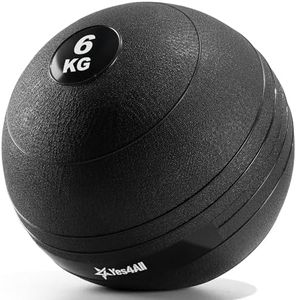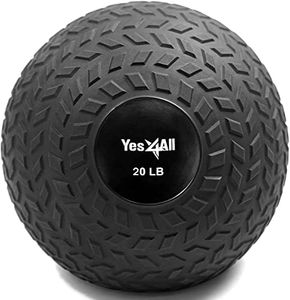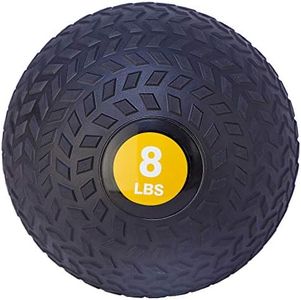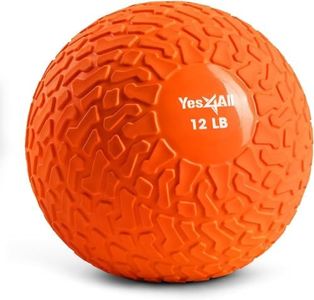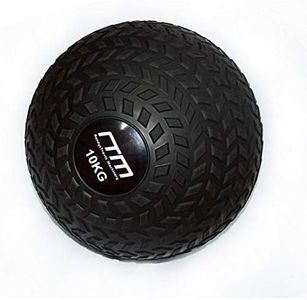We Use CookiesWe use cookies to enhance the security, performance,
functionality and for analytical and promotional activities. By continuing to browse this site you
are agreeing to our privacy policy
10 Best Slam Balls
From leading brands and best sellers available on the web.By clicking on a link to a third party's website, log data is shared with that third party.
Buying Guide for the Best Slam Balls
Picking the right slam ball can make your workouts more effective and enjoyable. Slam balls are weighted balls used for a variety of exercises, including slams, throws, and functional training. When choosing a slam ball, it's important to consider your fitness level, training goals, and how the ball will feel and perform during your workouts. Understanding the key features will help you find a slam ball that matches your needs and lasts through many intense sessions.WeightWeight refers to how heavy the slam ball is. It's the most crucial factor since it directly impacts the intensity of your workout. Slam balls come in a wide range of weights, from as light as 4 pounds up to over 50 pounds. Beginners or those using slam balls for cardio often start with lighter ones (under 15 pounds). Intermediate users may opt for 15 to 25 pounds for balanced strength and power training. Advanced users or those focusing on maximum explosive power can look for heavier options above 25 pounds. The best weight for you depends on your current strength and your workout aims—choose a weight that is challenging but still allows you to maintain good form.
Diameter/SizeThe size of the slam ball, or its diameter, can affect how comfortable and practical it is to use. Smaller balls are easier to grip and faster to move, making them suitable for speed and high-rep workouts. Larger balls can be harder to handle but promote more functional strength, using more muscle groups as you manage the larger object. If you have smaller hands or plan to use the ball for quick, repetitive exercises, a more compact size is ideal. For full-body power movements or exercises that require hugging or carrying the ball, a larger diameter will challenge your strength and coordination.
Shell MaterialSlam balls are covered with different materials, usually thick rubber or vinyl. The shell material determines the ball's grip, bounce, and durability. A textured or grippy surface helps you hold the ball even with sweaty hands, which is important for safety. Most slam balls are designed to be 'dead bounce,' meaning they don’t rebound when slammed, which adds to safety and realism during intense training. Choose a material that feels secure in your hands and seems rugged enough for repeated use on your training surface, especially if you'll be slamming the ball on rougher floors.
Fill TypeThe filling inside a slam ball is typically sand or similar materials that keep it from bouncing excessively. Some fill types make the ball feel firmer or softer, which can affect how it moves and handles during workouts. A firmer ball offers a more consistent shape, while a slightly looser fill makes the ball more challenging to control but can also be softer on impact. For vigorous slamming or regular throws, most users benefit from a densely packed, firm slam ball. If you want more challenge or unpredictable movement as you train your grip and control, try a ball with a looser or sandier fill.
DurabilityDurability is important since slam balls take a lot of abuse from repeated drops and hard use. A higher-quality ball resists splitting or leaking even after intense sessions. Strong seams, tough outer material, and a reputation for withstanding repeated impact indicate a ball that will last. If you train frequently, slam with force, or use the ball outdoors, make sure to select a model specifically known for heavy-duty construction.
